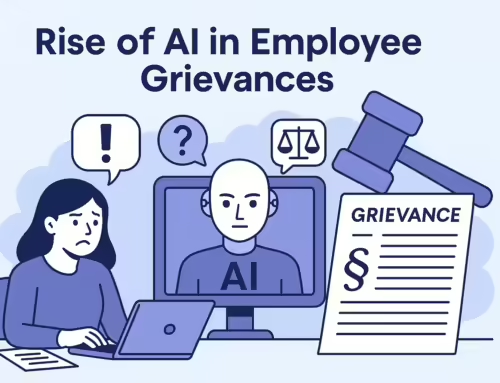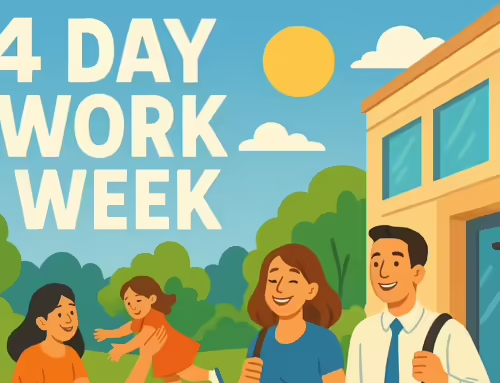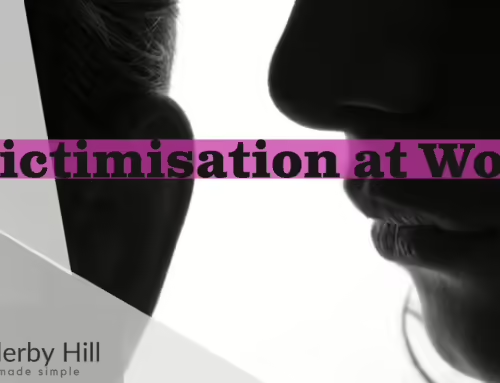Following the Chancellors budget this week the Government have confirmed the planned National Wage Rates that will come in to effect from October of this year.
The standard rate of the national minimum wage for 21- to 24-year-olds will increase by 3.7% to £6.95 per hour, a move designed to narrow the gap between younger workers and this cover the age of 25, who are entitled to receive the living wage of £7.20per hour from April this year.
For employees who are between 18 and 20 will see their pay rates rise by 4.7% to £5.55 per hour. The minimum wage for 16 to 17-year-olds goes up to£4.00 per hour, a lift of 3.4%, while the apprentice rate increases 3% to £3.40.
| Age | Rate from October 2016 | |
|---|---|---|
| Apprentice | £3.40 per hour | |
| 16 to 17 | £4.00 per hour | |
| 18 to 20 | £5.55 per hour | |
| 21 to 24 | £6.95 per hour | |
| 25 and over | £7.20 per hour |
These rates are set until April 2016, 6 months, and then any new increase will be aligned to the change in the Living Wage rate. This shows the Governments clear intention of trying squeeze the gap between the NMW and Living Wage over time.
The Low Pay Commission is due to announce it recommendations for new pay rates in Autumn of this year, so hold on for further increases in costs in six months from now.
The general drift on minimum pay rates comes at a time when employers are already feeling squeezed with introduction of the Apprentice Levy and Auto Enrolment and sets the trend for the future which is businesses picking up the bill for reductions in Government support. This is no bad thing as long as employers can continue to off-set these additional costs with increases in profitability, but if growth slows further or remains static, employers, especially smaller firms, may see costs rising but no real opportunity to offset them, apart from through price increases, or by cutting costs.




